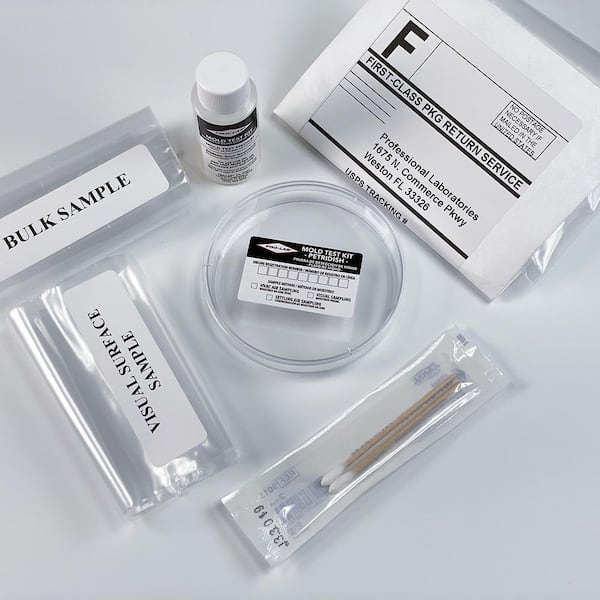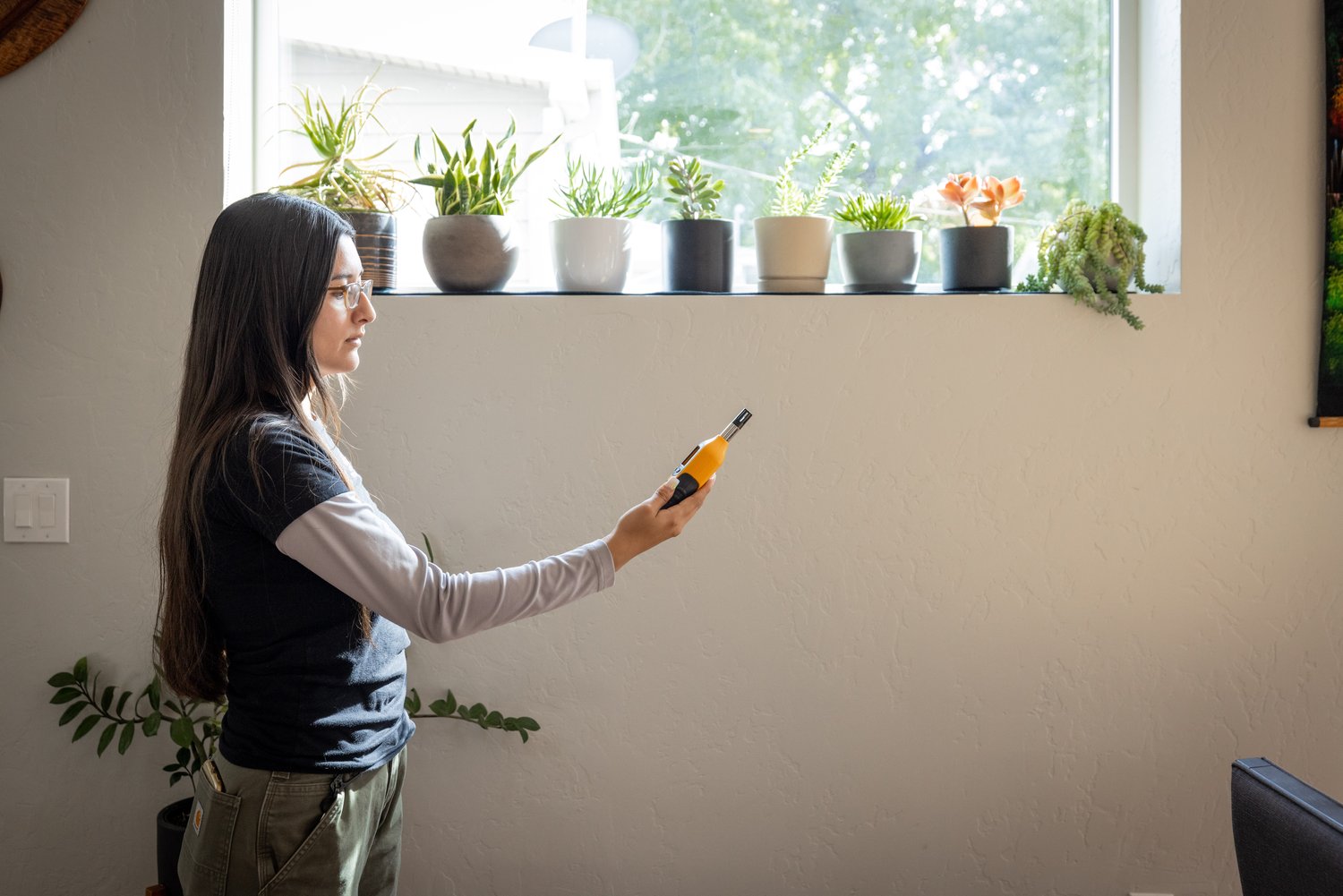Why Mycotoxin Testing Solutions Are Essential for Protecting Public Health And Wellness
The importance of mycotoxin screening solutions in safeguarding public health and wellness can not be overemphasized. Mycotoxins, toxic substances generated by fungi, posture severe health and wellness threats such as liver damage and cancer cells when existing in food and feed.
Understanding Mycotoxins
Recognizing mycotoxins is essential for ensuring food security and shielding public health. Mycotoxins are hazardous substances produced by specific kinds of fungi, typically discovered in food and feed plants. These fungi can proliferate in a variety of problems, especially in warm and humid atmospheres, resulting in contamination throughout pre-harvest, storage space, or processing stages. One of the most widespread mycotoxins include aflatoxins, ochratoxin A, fumonisins, and trichothecenes, each with distinctive chemical frameworks and toxicological buildings.
The visibility of mycotoxins in foods can jeopardize their security and quality. They are resistant to standard food processing strategies, thus continuing the food supply chain and posturing prospective threats. Regulative bodies worldwide, such as the Food and Farming Company (FAO) and the World Health And Wellness Organization (THAT), have established strict limits on appropriate levels of mycotoxins in foodstuff to alleviate their unfavorable results.
Effective mycotoxin monitoring includes comprehensive tracking and testing to find and quantify their degrees in farming products. This positive method aids in determining infected sets early, therefore avoiding their introduction right into the market. Implementing rigorous mycotoxin controls is essential for preserving food safety criteria and protecting consumer wellness.
Wellness Dangers of Mycotoxins

Exposure to mycotoxins presents substantial health risks to both pets and human beings, demanding cautious tracking and control steps. These toxic second metabolites, generated by specific fungi, can contaminate food and feed, bring about chronic and intense health issues. In humans, mycotoxins such as aflatoxins, fumonisins, and ochratoxins can cause a variety of unfavorable results, consisting of liver damages, kidney poisoning, immune reductions, and even cancer causing results. Aflatoxins have been identified as Group 1 health hazards by the International Firm for Research Study on Cancer Cells (IARC), suggesting a tried and tested link to liver cancer cells.

Given these extreme wellness effects, it is vital to apply durable mycotoxin screening methods. Precise discovery and quantification of mycotoxins in food and feed are crucial to alleviate health and wellness risks and make sure animal and public safety.
Common Sources of Contamination

In addition to cereals, nuts such as peanuts, pistachios, and almonds are very susceptible to mycotoxin contamination. Aflatoxins, a powerful type of mycotoxin, are commonly located in these nuts, especially when storage conditions are suboptimal. Dried fruits, consisting of Get the facts raisins, figs, and apricots, additionally existing fertile grounds for fungal development due to their high sugar material and moisture-retaining homes.
In addition, contamination is not limited to raw agricultural items. Processed foods, pet feeds, and dairy items can likewise have mycotoxins if the first components were contaminated. This extends the threat of exposure throughout the food supply chain, necessitating rigid monitoring and additional info control actions.
Understanding the usual sources of mycotoxin contamination is vital for implementing reliable preventative methods. Mitigating these threats at the resource can considerably lower the incidence of mycotoxin-related wellness concerns, guarding public health and wellness.
Checking Techniques and Procedures
Advanced analytical methods are employed to find and measure mycotoxins in numerous substratums, making sure public health and wellness security. High-Performance Fluid Chromatography (HPLC) paired with mass spectrometry (MS) is a gold criterion in mycotoxin testing, supplying high sensitivity and uniqueness.
One more commonly utilized approach is Enzyme-Linked Immunosorbent Assay (ELISA), which uses quick screening and is cost-effective for large sample quantities - Mycotoxin testing Services. ELISA kits are useful because of their ease of use and quick turn-around time, making them ideal for on-site screening
Tasting methods are similarly essential. Appropriate tasting ensures that the collected specimens are depictive of the whole batch, thereby decreasing the danger of incorrect negatives or positives. Adherence to developed standards, such as those offered by the International Organization for Standardization (ISO) and the European Board for Standardization (CEN), is vital for preserving consistency and integrity across screening methods.
Strenuous recognition of these approaches and methods is essential. It guarantees reproducibility and precision, consequently strengthening the stability of mycotoxin monitoring systems.

Advantages of Normal Evaluating
In the world of food security and farming quality control, the benefits of normal mycotoxin testing can not be overstated. Constant testing ensures that agricultural products satisfy security standards, therefore protecting customers from the dangerous effects of mycotoxins, which include liver damage, immune suppression, and also cancer. By recognizing contaminated batches early, routine screening enables for prompt intervention, avoiding such items from going into the food cycle.
In addition, routine mycotoxin testing is essential for maintaining the stability and online reputation of food manufacturers and suppliers. Firms that dedicate to normal testing show their devotion to public health and food safety and security, therefore getting consumer depend on and loyalty. This positive method can likewise mitigate monetary losses related to item remembers, lawful obligations, and potential trade restrictions.
Normal mycotoxin testing ensures adherence to national and international guidelines, helping with smooth profession operations and market gain access to. Eventually, routine mycotoxin screening not just shields public health yet also fortifies the economic stability and international competitiveness of the farming industry.
Conclusion
Mycotoxin screening services play a critical duty in public wellness defense by identifying and reducing the threats positioned by toxic fungal compounds in food and feed. By spotting contamination early, these services protect against significant health and wellness issues such as liver damages and cancer cells, ensuring compliance with governing standards. Regular testing improves consumer count on, sustains the integrity of the farming market, and eventually contributes to the protecting of food safety and public health.
The relevance of mycotoxin screening solutions in securing public health can not be overstated.Understanding mycotoxins is vital for making certain food safety and securing public wellness. Mycotoxin testing Services. Regulatory bodies worldwide, such as the Food and Agriculture Organization (FAO) and the Globe Health Company (THAT), have established stringent restrictions on acceptable degrees of mycotoxins in food products to alleviate their negative results
Inevitably, routine mycotoxin screening not why not try this out just secures public wellness however additionally fortifies the financial stability and worldwide competitiveness of the farming field.
Mycotoxin testing services play a critical role in public health and wellness defense by identifying and mitigating the risks posed by poisonous fungal compounds in food and feed.
Comments on “Comprehending the Value of Reliable Mycotoxin testing Services”